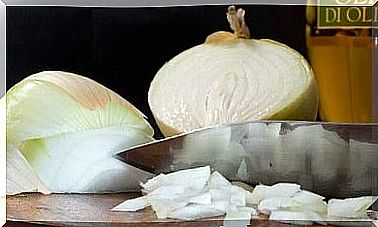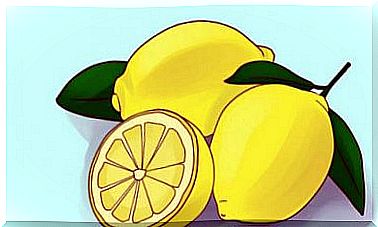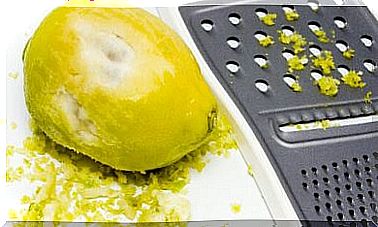How Does Heel Pain Arise?
Heel pain can often be traced back to overpronation, when too much pressure is exerted in the inner foot area, resulting in an imbalance.
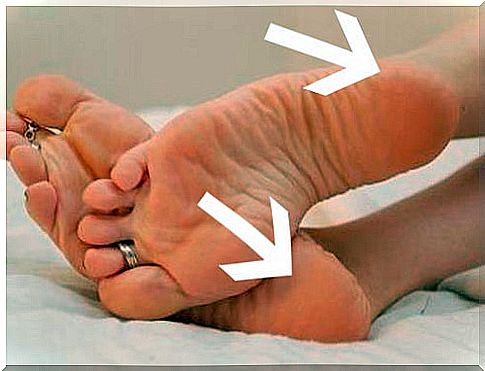
Heel pain is common and can be very bothersome. This is often a severe pain that runs through the entire foot and makes normal movement impossible. What can be the reasons for this? Below we explain what the most common triggers for heel pain are and what to look out for.
Where does heel pain come from?
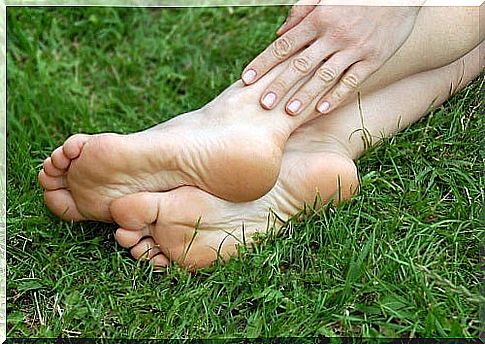
Heel pain is usually caused by overexertion or a minor accident. The heel is one of the largest of the 26 bones that form the foot.
In addition, the foot consists of 33 joints and more than 100 tendons, muscles and ligaments – which is why it is a particularly sensitive part of the body. The pain usually occurs in the front part of the heel, which affects the biomechanics when walking. The following complaints very often cause heel pain:
1. Heel spur
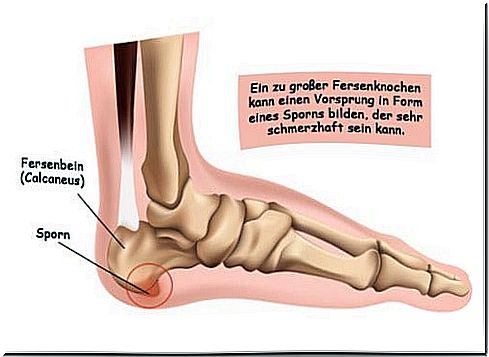
Heel spur is the most common cause of heel pain. This is an ossification of the lower heel bone that can cause great pain. The cause is usually an overstressing of the foot, which can result in small injuries at the junction between tendons and bones. These promote tissue circulation, which can lead to calcification and also to a heel spur. This can be caused by a wrong step (a “misstep”), unsuitable shoes, wrong weight or being overweight.
2. Plantar fasciitis
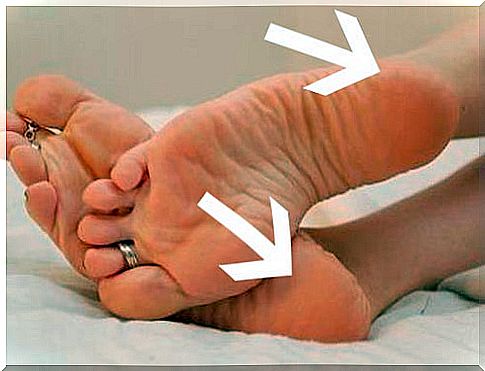
If the pain extends beyond the sole of the foot, it may be plantar fasciitis. This is an inflammation of the tendon plate of the sole of the foot. Overexertion is also to blame for this:
Running for too long, jumping or unsuitable shoes can be triggers for this, for example. The connective tissue fibers are overstretched or even torn, which can be very painful. Plantar fasciitis can also coexist with heel spur.
Taking it easy only helps for a short time, because the pain reappears when the heel is stretched. Therefore, the recommendations and treatment of the doctor should be followed. Additionally, you can use ice to cool or massage with rosemary oil to reduce inflammation.
3. Hyperextension
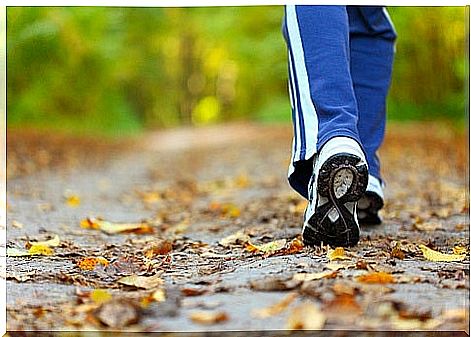
Incorrect walking can lead to overstretching of the heel: Usually the heel is placed on the floor first and then the foot is rolled off. If too much pressure is put on the arch of the foot during this process, it will overload the ligaments and tendons.
You should not forget that if these complaints are not treated, hip and knee damage can also result from incorrect loading.
4. Other reasons for heel pain
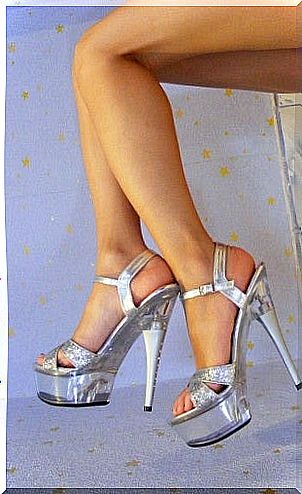
- Rheumatoid arthritis and other forms of arthritis: The complex joints in the heel are particularly affected by arthritis.
- Gout: Too much uric acid in the body can cause inflammation not only in the big toe but also in the heel. The pain can be very uncomfortable.
- Bursitis: This is the inflammation of a bursa that swells and consequently presses on the surrounding structures.
- Haglund’s heel : This condition is also very common, especially when using H igh heels that can cause deformation of the calcaneus. This can s rather be painful.
- Inflammation of the Achilles tendon : This often occurs in athletes as a result of overloading the Achilles tendon.
- Bone contusions: This is mostly due to impact injuries. A wrong step, a wrong step, or an unintentional push against an object can also cause severe pain. These are best treated with ice immediately.



